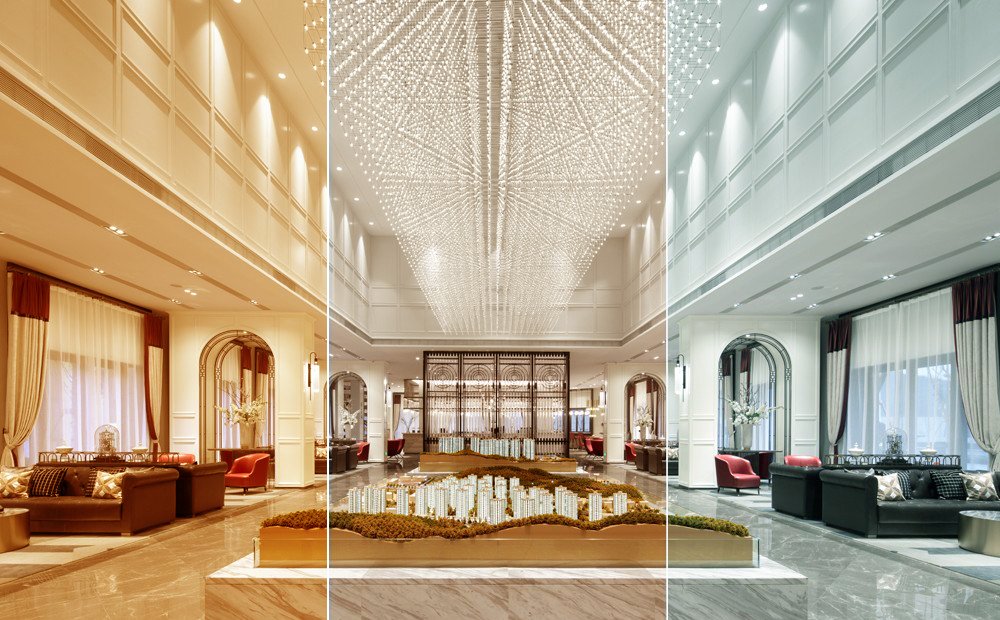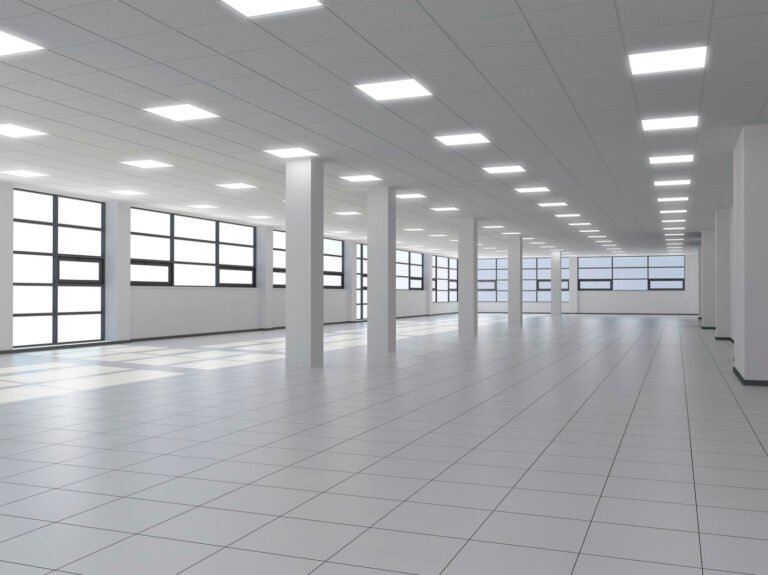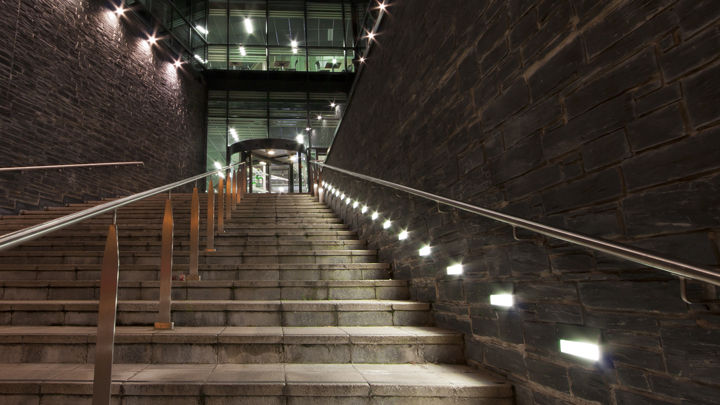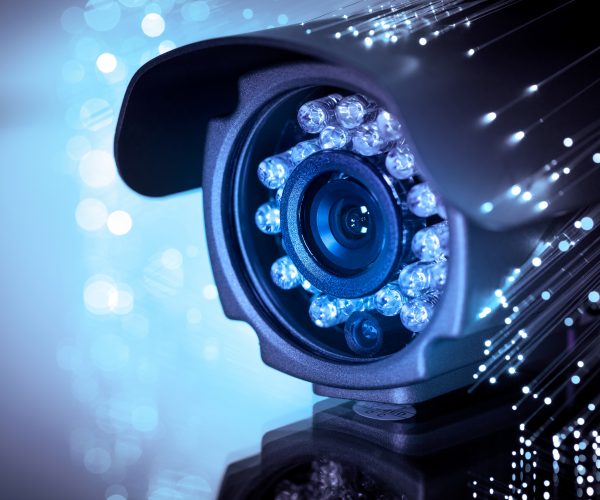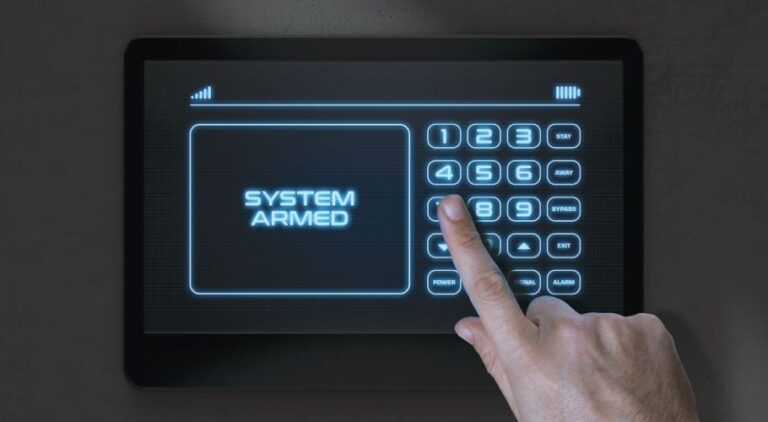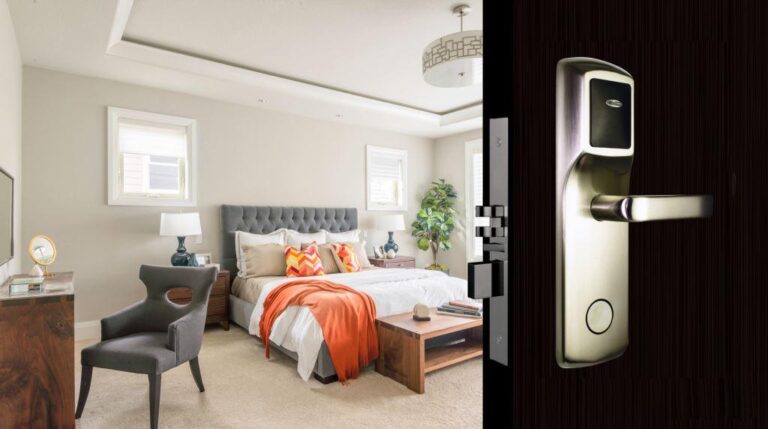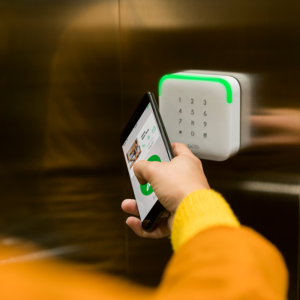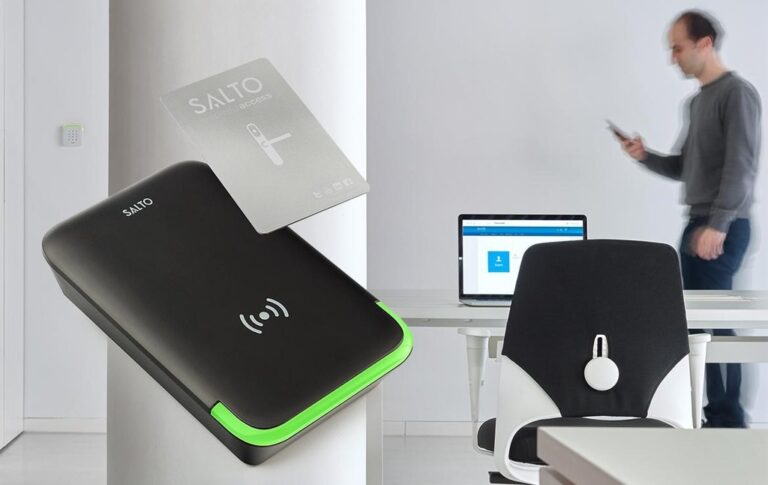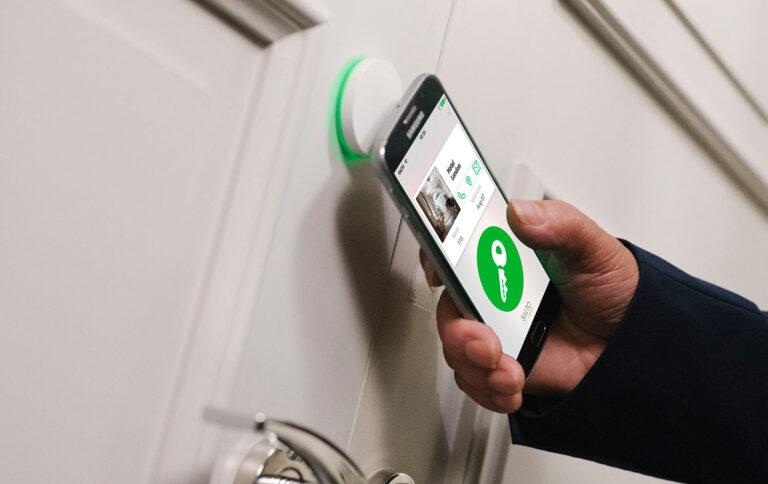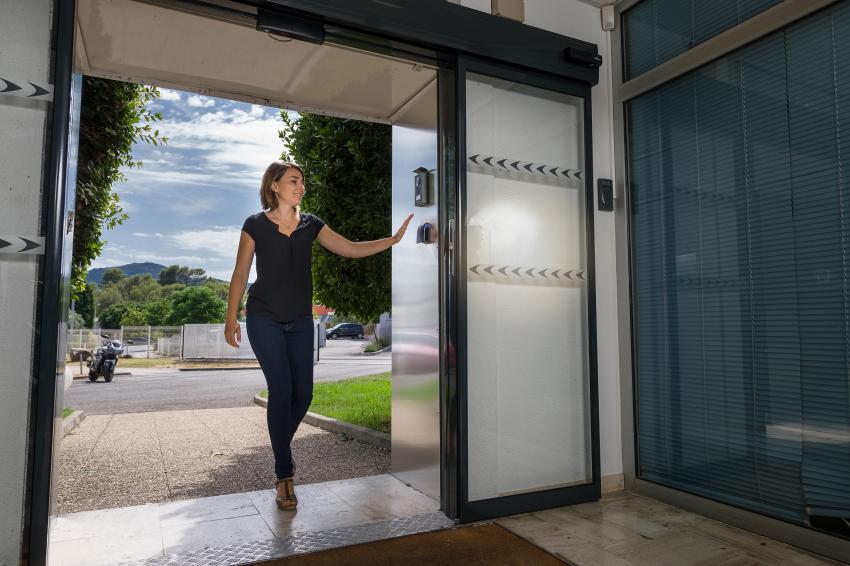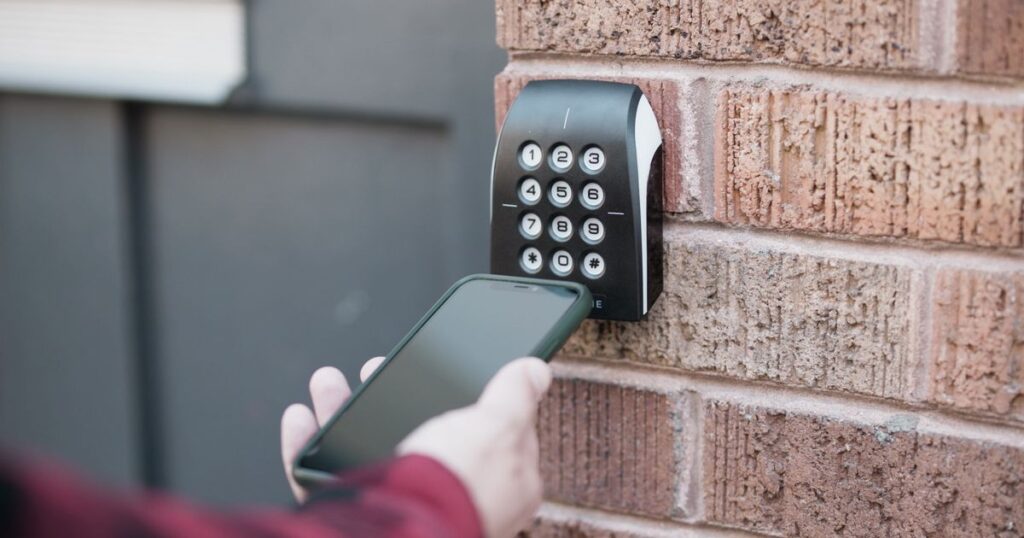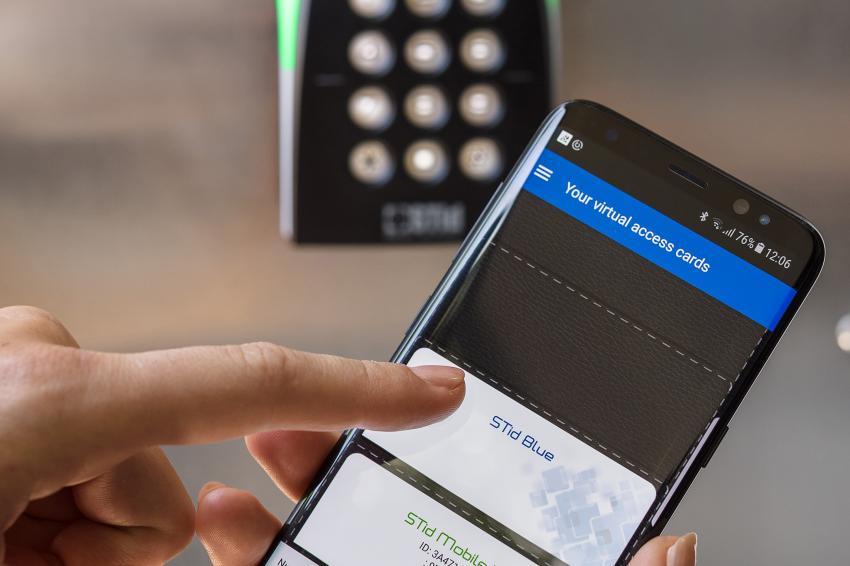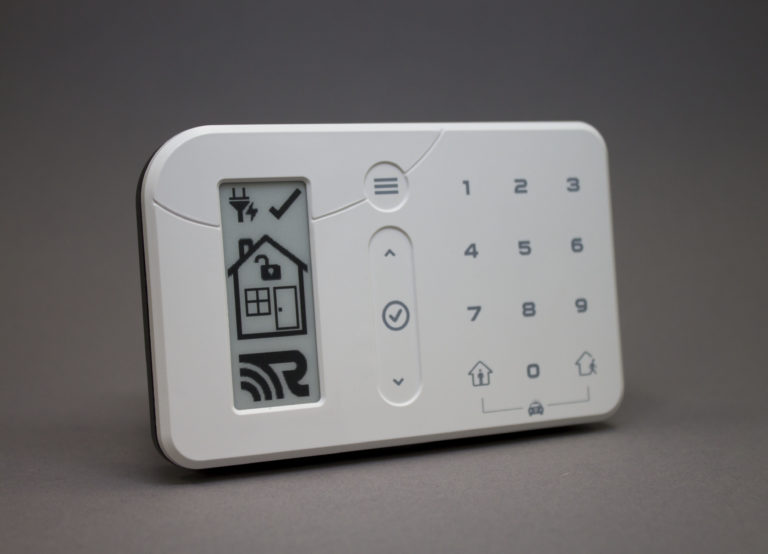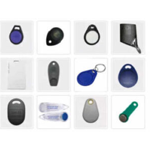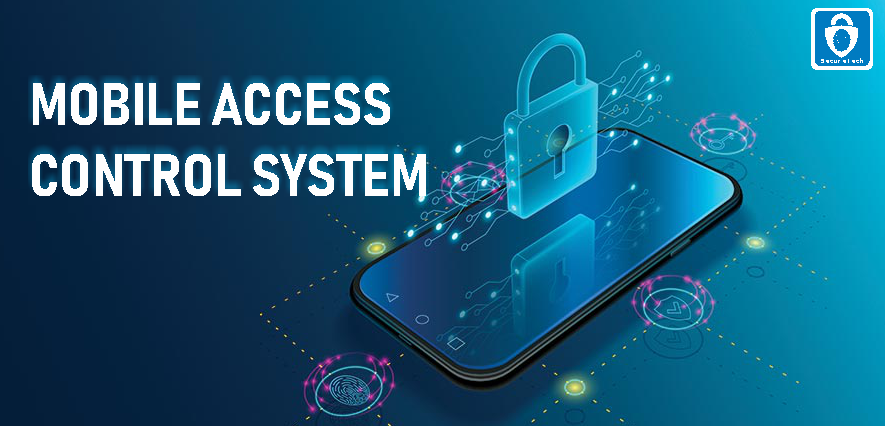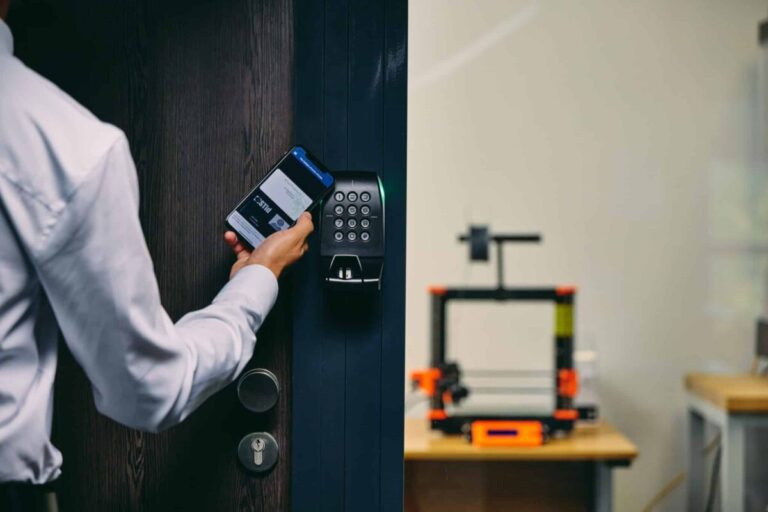Introduction to Emergency Lighting
Emergency lighting plays a crucial role in ensuring the safety of building occupants during emergency situations.
When the main power supply fails, emergency lighting provides illumination, allowing people to safely evacuate or continue their operations. In Sydney, Australia, emergency lighting systems must comply with the Australian Standard AS/NZS 2293.
Types of Emergency Lighting
There are three main types of emergency lighting:
- Escape route lighting: illuminates paths for safe evacuation.
- Open area lighting: also known as anti-panic lighting, helps prevent panic in open areas.
- High-risk task area lighting: provides light for the safe shut-down of dangerous processes or machinery.
Why is an Emergency Lighting Upgrade Important?
An emergency lighting upgrade can enhance safety, meet regulatory requirements, and improve energy efficiency.
Upgrading an outdated system ensures that it remains functional and reliable during emergencies.
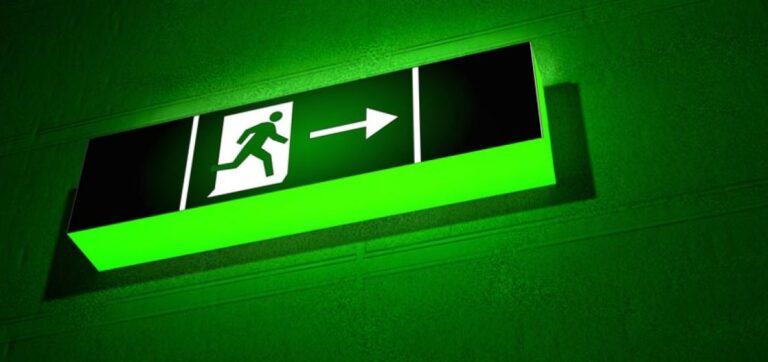
Steps to Upgrade Your Emergency Lighting System
Upgrading your emergency lighting system involves assessing the current system, planning the upgrade, implementing the changes, and performing maintenance and testing.
Assessing Your Current System
The first step is to evaluate your existing emergency lighting system. Identify any deficiencies and areas for improvement.
Determine whether your system complies with the latest Australian Standards.
Planning the Upgrade
Proper planning is crucial for a successful emergency lighting upgrade. This includes:

Identifying the Right Emergency Lighting
Select the appropriate type and number of emergency lights for your specific building layout and requirements.
Consider using energy-efficient LED lights.
Compliance with Australian Standards
Ensure that the planned upgrade complies with the AS/NZS 2293 standard.
Consult with a qualified professional to verify compliance.
Budgeting
Develop a budget that covers the cost of the equipment, installation, and any necessary permits or approvals.
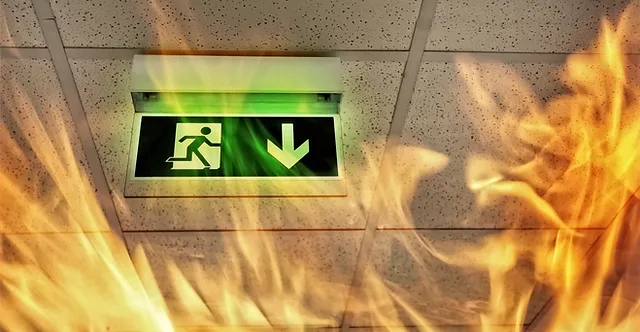
Implementation
Hiring Qualified Professionals
Engage a licensed electrician with experience in emergency lighting upgrades.
They can help you navigate the process and ensure a smooth installation.
Scheduling the Upgrade
Schedule the upgrade during a time that minimizes disruption to your operations.
Maintenance and Testing
Regular maintenance and testing are essential for the continued functionality of your emergency lighting system.
The Australian Standard AS/NZS 2293 requires periodic inspection and testing.
Benefits of Emergency Lighting Upgrade
Upgrading your emergency lighting system offers several benefits:
Increased Safety
An upgraded system provides reliable illumination during emergencies, reducing the risk of accidents and injuries.
Energy Efficiency
Modern emergency lighting systems, such as LED lights, consume less energy and last longer than traditional lighting options, reducing both energy consumption and maintenance costs.
Regulatory Compliance
An upgraded emergency lighting system ensures compliance with the latest Australian Standards, helping you avoid fines and penalties.
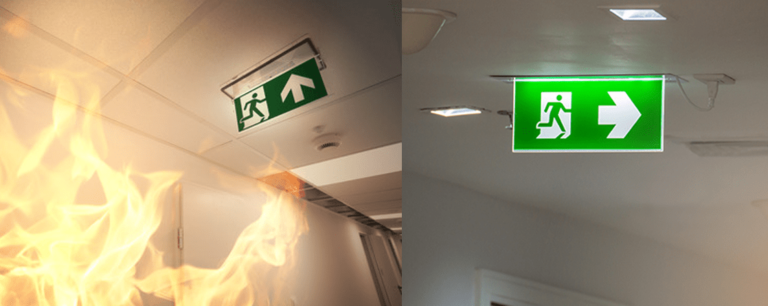
Conclusion
Upgrading your emergency lighting system in Sydney is essential for ensuring the safety of building occupants, complying with regulatory requirements, and improving energy efficiency.
By assessing your current system, planning the upgrade, implementing changes with the help of qualified professionals, and conducting regular maintenance and testing, you can enjoy the benefits of a reliable and efficient emergency lighting system.
Emergency lighting provides illumination when the main power supply fails, allowing for safe evacuation or continuation of operations during emergency situations.
The three main types of emergency lighting are escape route lighting, open area lighting (anti-panic), and high-risk task area lighting.
The Australian Standard AS/NZS 2293 applies to emergency lighting systems in Sydney and across Australia.
Upgrading your emergency lighting system can enhance safety, improve energy efficiency, and ensure compliance with the latest Australian Standards.
The Australian Standard AS/NZS 2293 requires periodic inspection and testing of emergency lighting systems.
Consult the standard or a qualified professional for specific testing intervals and requirements.


